This piece is about wildlife photography while backpacking. It’s going to contain some fairly awful examples from my attempt. I’m going to discuss the issues involved and why the problems I had can be simply overcome with modern technology. If I go backpacking with the intention of photographing or filming wildlife again, I’ll be able to do much better with some of the new gear I’ll talk about at the end.
It was 2005, and I was backpacking around North India. My itinerary was designed to hit some of the region’s highlights–mostly cultural. But as a middle class white boy, born in Johannesburg, just six hours from the Kruger National Park, I almost had to have grown up obsessed with wildlife. So I had to visit an Indian wildlife park. The one that fitted my route was Corbett National Park in Uttarakhand–one of India’s beautiful Himalayan states that starts on the plains of the Deccan plateau and then rises to the perpetual snow of the high Himalayas.
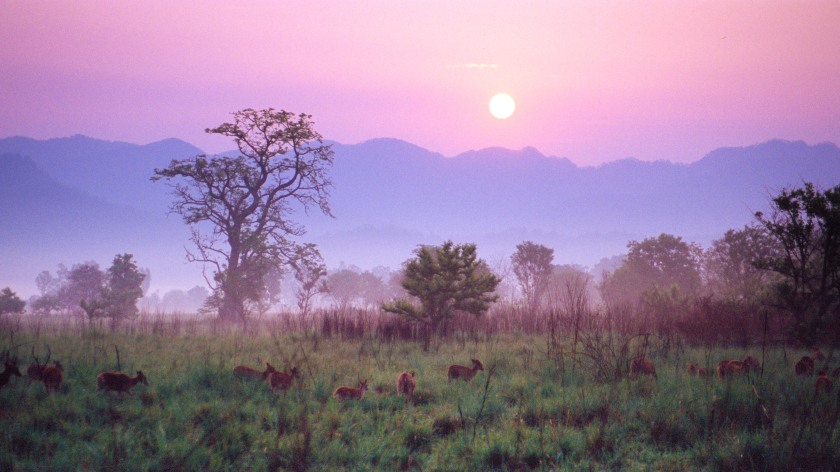
In addition to growing up with a love of game watching, my father was part of a rare forgotten breed–an enthusiastic photographer before the digital age. So I can’t just see wildlife, I must photograph or film it. The digital age had already begun 5 years before, with the 1999 release of the Nikon D1–the first DSLR, with it’s astonishing 2.7 megapixel sensor, that was more than just a novelty. My father even owned a Nikon D70. I could easily have borrowed it. But instead, I elected to take to India a my Nikon F100 and dozens of rolls of 35mm film.
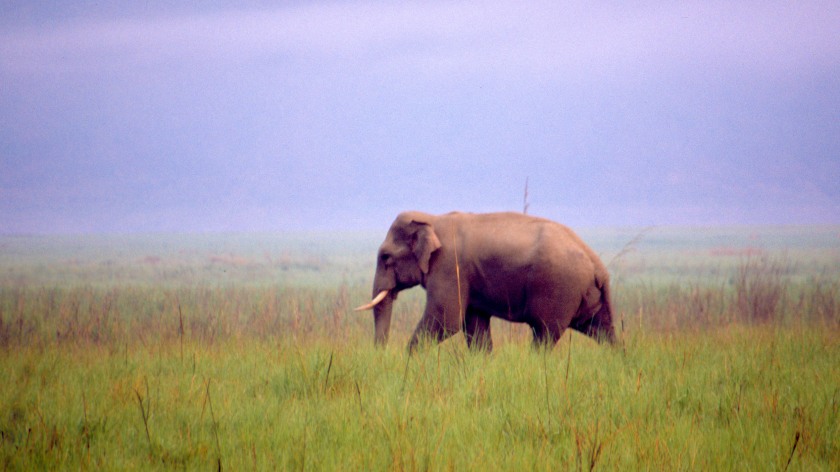
The bulk of my film was Fujichrome Provia 100F, a beautiful positive film, famed for it’s emphasis of cool tones and overall harmonious colour balance. I also had a handful of rolls of the greatest film ever made, Fujichrome Velvia 50, Fujicolour Superior 800, negative film for colour work in low light (I knew I’d be photographing boxers in Thailand) and, for black and white, Kodak TMAX 400–a truly awful film which I never touched again after that trip. This was a bit awkward to carry around, and required a lead bag to protect especially the Superia 800 from airport X-rays.
For lenses I took a Nikon 24-85G, about which I’d heard great things but was ultimately a bit disappointing, and a Nikon 70-300D, which is a great, sharp, versatile lens. But this is the crux of backpacking photography: when you’re staying in nasty-ass places, and have to lug all your gear on foot–often for long distances–there’s a limit to how big a lens you can carry. And anyone not new to wildlife photography knows that focal length is king. The longer the lens, the better. For large animals you need at least 300mm if they’re close. And for birds? Basically anything under 500mm is only good for chickens.
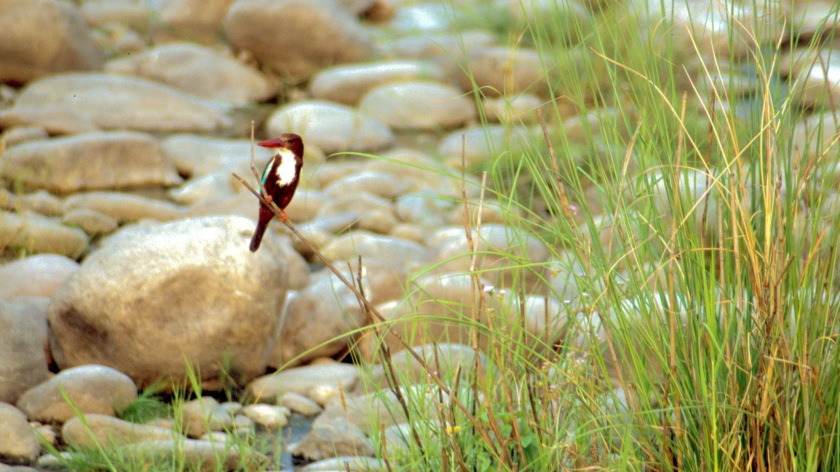
So when you leave the shocking dive you’re staying in at RS45 per night, you can’t leave your camera gear in your ‘room.’ You need to keep your valuables on you at all times. And a 500mm lens is hardly a cheap item. So I took all my pics in Corbett with the 70-300mm lens. Carrying a big lens around every single place you go is not for reasonable people.
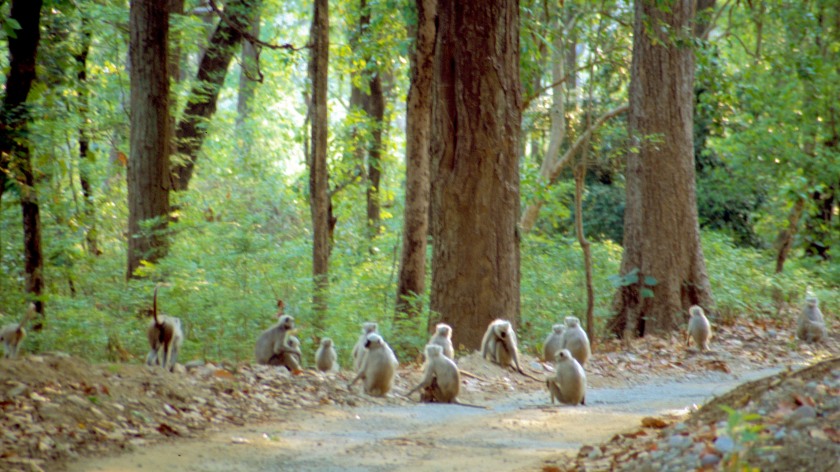
There’s one little code that modern photographers will find missing from my description of the lens. 76-300D. Ok. But where’s the “VR.” Every lens manufacturer has to have their own name for their image stabilisation (grabbed by Canon, which was an early pioneer). Nikon calls it, “Vibration Reduction.” I think every lens that Nikon puts out now days has moving elements that electronically compensate for any camera shake. This is especially useful in a long lens where that shake is effectively magnified.
Well I didn’t have it. I’ll write another piece about the various hacks I’ve discovered for getting stable shooting while backpacking without a tripod. But suffice it to say that you need a solid surface against which to brace the lens to significantly reduce the camera shake that will result in blurred images. Not too hard to do. Except that this is your camera platform in Corbett:
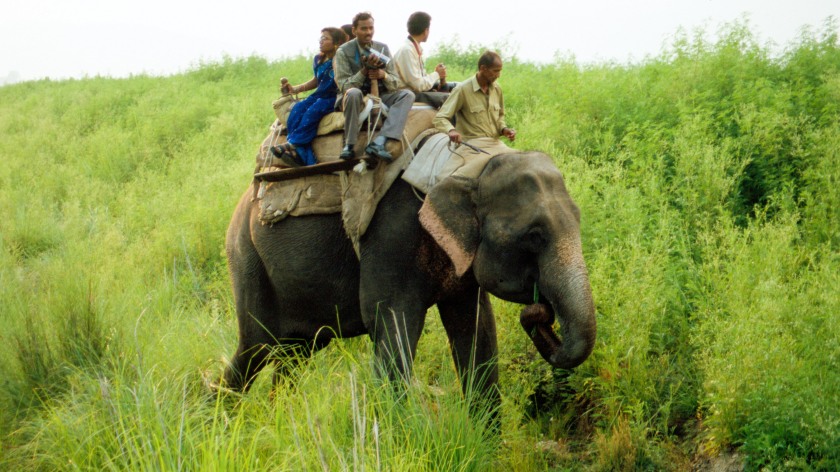
The Asiatic Elephant is not only a grumpy sonofabitch, it’s also not rock steady. Add to that that there’s nothing at eye-level on which to brace the lens, and photography without an image stabilisation system becomes challenging.
All I could do was hope I got close enough to something that it filled more than 3% of the frame, and then do the old marksman’s routine of hitting the trigger on a slow exhalation. Results were… not good. A lot of tiny animals in fields of green. A lot of fuzzy animals that didn’t start out fuzzy.
One of the main reasons you go to Corbett National Park is to see leopards. Nah. It’s tigers innit? I’ve got this superstitious thing I do where, if I really want to see a particular, hard to find animal, I pick a rarer animal and set my hopes on seeing it #ImPerfectlySane. So if I want to see a leopard in the Kruger Park, I get myself obsessed with seeing a Sable Antelope. Inevitably (not really inevitably–it’s all confirmation bias) I’ll see the leopard, but no sable. So in Corbett, I was determined to see my first leopard outside Africa. And it worked. I saw tigers. I’ll save my ‘best’ tiger pictures for the tale of how I nearly died the most absurd and hilarious death in Corbett, which I’ll detail in my next post. If I’d been on the right elephant, I would have got an amazing picture of a wild tiger. But alas. For the reason I’ll detail in the next post, and as demonstrated in the photograph below, it was the wrong Elephant.
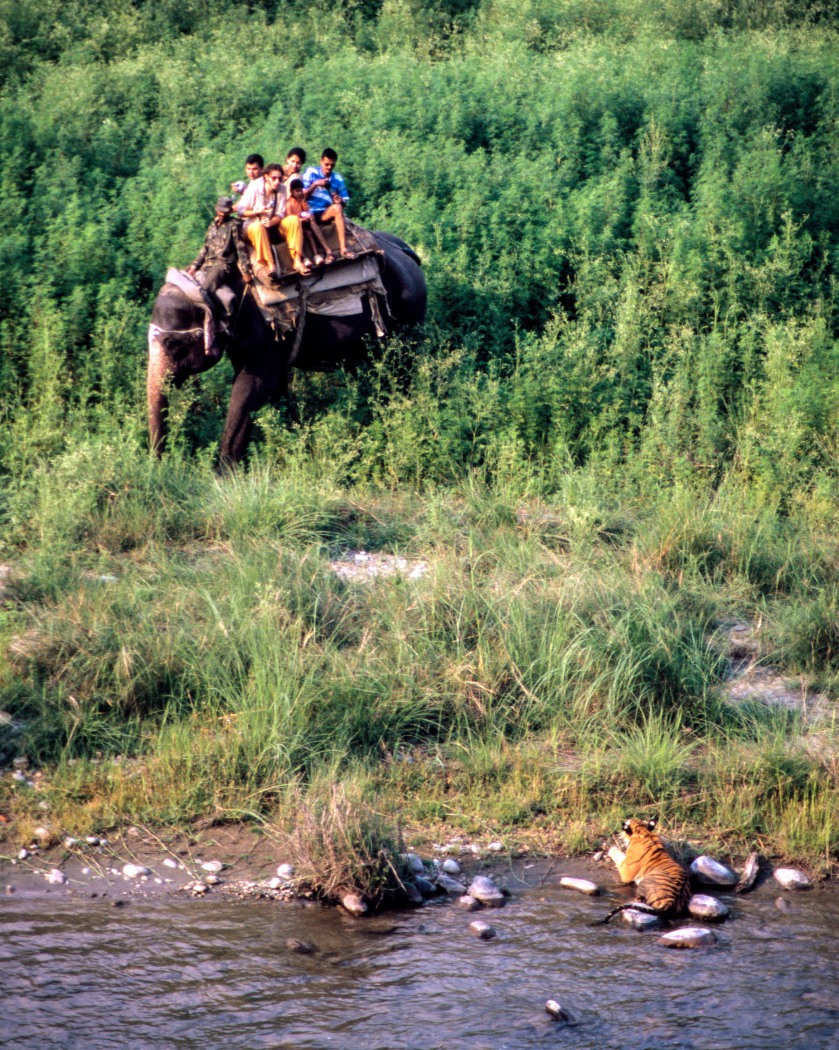
Could I have done better? With the gear I had at the time, there was not much more I could have done. With the Nikon D70 I could have shot all the colour at 400iso, instead of the 100iso of my Fuji Provia film in order to use higher shutter speeds to reduce camera shake. But the resolution of that camera was modest and I would still have had to be close. But I had no image stabilised lenses, and still would have required some kind of stable camera support.
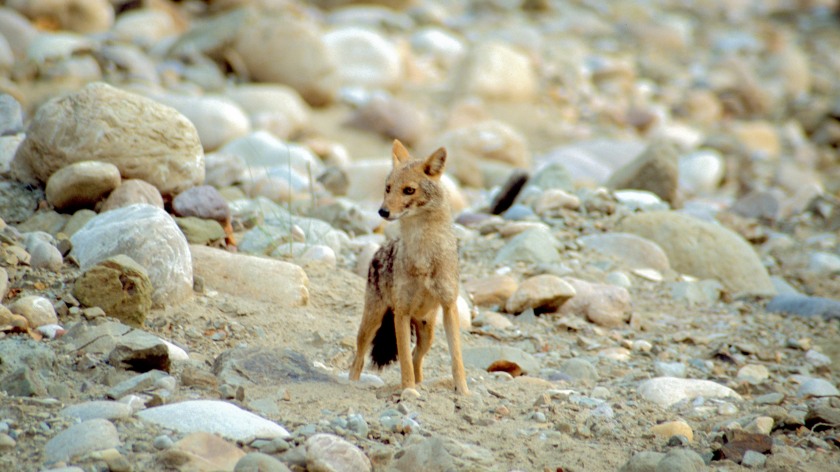
It is no easier to backpack with a long, expensive lens than it was in 2005. But two things are different. Firstly, digital cameras of extraordinary resolution now exist. The Nikon D810, and the Pentax K-1 have resolutions close to 40 megapixels. This gives you the option to “digitally zoom.” In other words, you can crop a small part of the image which, if it’s sharp enough will still have oodles of detail–enough to make large prints.
Secondly, to ensure that it’s sharp enough, almost any lens you buy today will have image stabilisation. My dad replaced his 70-300D with the new VR version which is sharper even on a tripod, totally hand-holdable at 300mm, and not expensive by the standard of camera lenses. This allows you to take sharp images at maximum focal length, hand-held, and they’re sharp enough to crop heavily using the much larger resolutions of modern DSLRs.
The Pentax K-1 goes one better here. Not only is it roughly half the price of the similarly spec’d Nikon D810, but its image stabilisation is in the camera body. That means it stabilises any lens. There’s a catch though. Pentax lacks modern lenses for full frame cameras of the quality of Nikon and Canon’s. So you may get a picture that’s free of camera shake, only to be let down by the limits of an old lens’s resolving power.
However, since I have loads of old Pentax lenses that go underused, I may very well get one for this kind of trip in the future. I’ll just have to wait and see whether Ricoh produces a lens that’s as good as their camera is reported to be.

One thought on “The Wrong Elephant (part 1)”